Over the coming months, Countway Library will host a series of traveling exhibitions produced by the National Library of Medicine (NLM). These exhibitions will be located inside our Huntington Avenue entrance and accessible to the public during open building hours.
The traveling exhibitions feature the NLM's rich collections, which encompass ten centuries of medical knowledge. They seek to advance public understanding of how the past informs the present—and can shape the future. Our exhibitions focus on a variety of topics which explore the relationship between medicine and the arts, science and society, patients and practitioners, and the technology of medicine. Subjects of these exhibitions include the history of lead poisoning in America, the yellow fever epidemic of 1793, African American academic surgeons, and the history of women physicians, among others.
Upcoming Exhibitions
Binding Wounds, Pushing Boundaries: African Americans in Civil War Medicine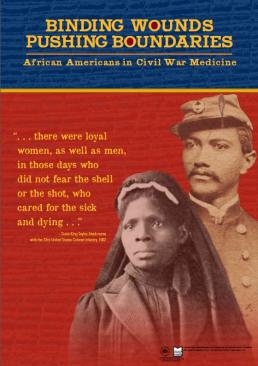
August 28 - September 21, 2024
Many histories have been written about medical care during the American Civil War, but the participation and contributions of African Americans as nurses, surgeons and hospital workers have often been overlooked. Binding Wounds, Pushing Boundaries: African Americans in Civil War Medicine looks at the men and women who served as surgeons and nurses and how their work as medical providers challenged the prescribed notions of race and gender.
Past Exhibitions
Surviving and Thriving: AIDS, Politics, and Culture/Sobrevivir y Prosperar: Sida, Politica y Cultura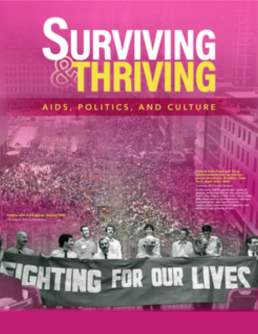
November 21 - December 16, 2023
In 1981, a new disease appeared in the United States. Reactions to the disease, soon named AIDS (acquired immune deficiency syndrome), varied. Early responders cared for the sick, fought homophobia, and promoted new practices to keep people healthy. Scientists and public health officials struggled to understand the disease and how it spread. Politicians remained largely silent until the epidemic became too big to ignore. Activists demanded that people with AIDS be part of the solution. Health professionals and longtime activists continue to develop new ways to care for people living with HIV/AIDS and prevent the disease from spreading.
Graphic Medicine: Ill-Conceived and Well-Drawn!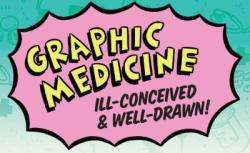
January 9 - February 17, 2024
The History of Medicine Division of the National Library of Medicine is pleased to present our traveling banner exhibition Graphic Medicine: Ill-Conceived & Well-Drawn! Curated by cartoon artist Ellen Forney, the exhibition explores an increasingly popular yet little-known literary field that uses comics to tell personal stories of illness and health. The language of words and pictures gives approachability and emotional impact to these personal stories, and even to the clinical data they sometimes include. “Graphic medicine is so effective for understanding clinical and emotional aspects of illness,” says Curator Ellen Forney. The six-banner traveling exhibition Graphic Medicine: Ill-Conceived & Well-Drawn! draws from seminal texts, newly procured by the US National Library of Medicine. The exhibition uses imagery and text from several of these personal stories told by the author as patient or caregiver. The NLM collects graphic medicine as an important facet of medical literature.
In conjunction with this exhibit, Countway hosted a series of free events related to comics and medicine. Please visit Graphic Medicine at Countway to learn more!
Confronting Violence: Improving Women’s Lives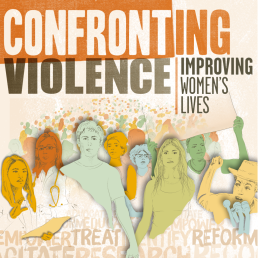
March 11 - April 20, 2024
Activists and reformers in the United States have long recognized the harm of domestic violence and sought to improve the lives of women who were battered. Beginning in the late 1970s, nurses were in the vanguard as they pushed the larger medical community to identify victims, adequately respond to their needs, and work towards the prevention of domestic violence. Confronting Violence: Improving Women’s Lives explores these developments during latter half of the 20th century, when nurses took up the call.
The Literature of Prescription: Charlotte Perkins Gilman and "The Yellow Wall-Paper"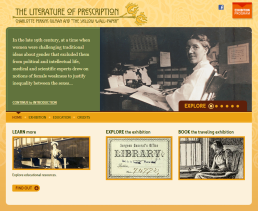
April 22 - June 1, 2024
In the late 19th century, at a time when women were challenging traditional ideas about gender that excluded them from political and intellectual life, medical and scientific experts drew on notions of female weakness to justify inequality between the sexes. Artist and writer Charlotte Perkins Gilman, who was discouraged from pursuing a career to preserve her health, rejected these ideas in a terrifying short story titled “The Yellow Wall-Paper.” The famous tale served as an indictment of the medical profession and the social conventions restricting women’s professional and creative opportunities.